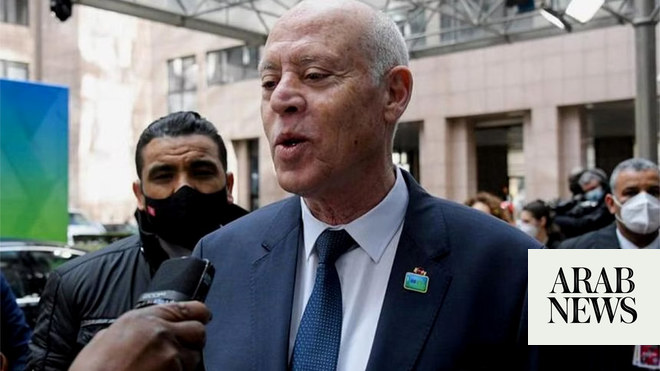
A group of eminent vets claim that the rationale for expanding the badger cull has been undermined by a pair of studies commissioned by the government that ministers have been sitting on for two years.
The government says new cull zones should be introduced where there is evidence that badgers are an important factor in spreading bovine TB to cattle, a potentially ruinous scenario for farmers.
The National Farmers’ Union says 30,000 cattle were slaughtered last year because of the disease, with more than 3,300 herds affected.
But in a letter to the government’s chief veterinary officer, Prof Christine Middlemiss, the vets say the studies confirm that hardly any badger carcasses analysed in two key areas in the north and south of England had infectious bovine TB.
This, claim the seven vets – who include Dr Iain McGill, the former government scientist who blew the whistle on the BSE cover-up in the 1990s, and Prof Ranald Munro, chairman of the independent expert panel on pilot badger culls – throws into question the decision taken this year by the Department for Environment, Food and Rural Affairs (Defra) to introduce culls in Derbyshire and Oxfordshire.
They write: “In the Southern Edge area [which includes Oxfordshire, Hampshire and Berkshire] the overall prevalence of MTB [mycobacterium tuberculosis complex, which can cause bovine TB in animals and humans] infection in badgers was under 1%.”
In Oxfordshire specifically, of the 79 carcasses examined by scientists from the University of Surrey only three were found to have bovine TB, a prevalence of 3.8%.
But the vets say none of the badgers had clinical signs of the disease, so they would have been unlikely to infect cattle or other animals.
A University of Nottingham study conducted in the Northern Edge area, which includes Derbyshire, Cheshire and Nottinghamshire, found that around 8% of badgers were infected. But the vets say only two carcasses were shown to have the clinical disease while two others had visible lesions, leading them to claim that under 1% of the badgers in the area might have been infectious.
The studies were submitted to Defra in the summer of 2018 but published only at the end of last month.
The government points to evidence showing that Oxfordshire has seen a sharp rise in TB in cattle in recent years while TB levels in south-western Derbyshire are in the high-risk category.
Middlemiss also says that Defra has “conclusive evidence that badgers are involved in the spread of infection” in particular areas, notably Cumbria, thanks to whole genome sequencing (WGS) – a process that determines the genetic code of the bacterial strains that cause bovine TB.
But the vets strongly dispute this, saying that out of 313 badgers killed in Cumbria in 2019, only three were positive for the strain of TB responsible for the outbreak in cattle. They say this “resulted from importing infected but ineffectively screened cattle from Northern Ireland”.
They also dispute the “conclusive evidence” claim, pointing out that a government report published in September states that WGS in Cumbria “provides more evidence that possible cattle-badger and/or badger-cattle transmission has occurred in the area. However, direction of transmission cannot currently be inferred from this data.”
A Defra spokesman said: “Bovine TB is one of the most difficult and intractable animal health challenges the UK faces today, causing considerable trauma for farmers and costing taxpayers over £100m every year.
“No one wants to continue the cull of a protected species indefinitely. That is why we are accelerating other elements of our strategy, including vaccination and improved testing so that we can eradicate this insidious disease and start to phase out badger culling in England.”












